Learning how to write fight scenes or battle scenes is crucial if there are important, action-packed conflicts in your story. Whether it's a historical war story set in the trenches or a story of epic clashes between good and evil, these tips will help:
How to write fight scenes and battles: A checklist
- Give a clear fight scene scenario
- Plan key goals, motivations and conflicts
- Decide where conflict intensifies or tapers off
- Think about the worst that could happen
- Make stakes more suspenseful
- Use sensory specifics
- Build tense tone and mood
- Show psychological effects of conflict
Let's explore these ideas further, with examples from fight and battle scenes:
1. Give a clear fight scene scenario
What do you need to set up a fight or battle scene so the reader understands the impending scenario?
Context. The 'when' and 'where'. The scope or scale of the fight.
The setup for an epic battle involving legions or battalions will naturally differ from an intimate, hand-to-hand combat scene.
As you lead up to a scene where a key conflict takes place, summarise the specifics of the conflict.
For example, if you were writing about Operation Dynamo (the codename for the evacuation of allied soldiers at Dunkirk in June 1940 during World War II), a key detail about the conflict worth summarising would be this from Encyclopaedia Brittanica:
From May 26 to June 4, over 338,000 British and French troops were safely evacuated from Dunkirk. Critical to this process was the British Royal Air Force, which intercepted German bombers above the beach. Together with the civilians who aided the Royal Navy, they saved countless lives.
Once you know your scenario for your fight or battle scene, it's easier to brainstorm the individual incidents that contribute to the arc of the fight.
For example, here are two scene summaries created in Now Novel's Scene Builder tool for a Dunkirk evacuation story:
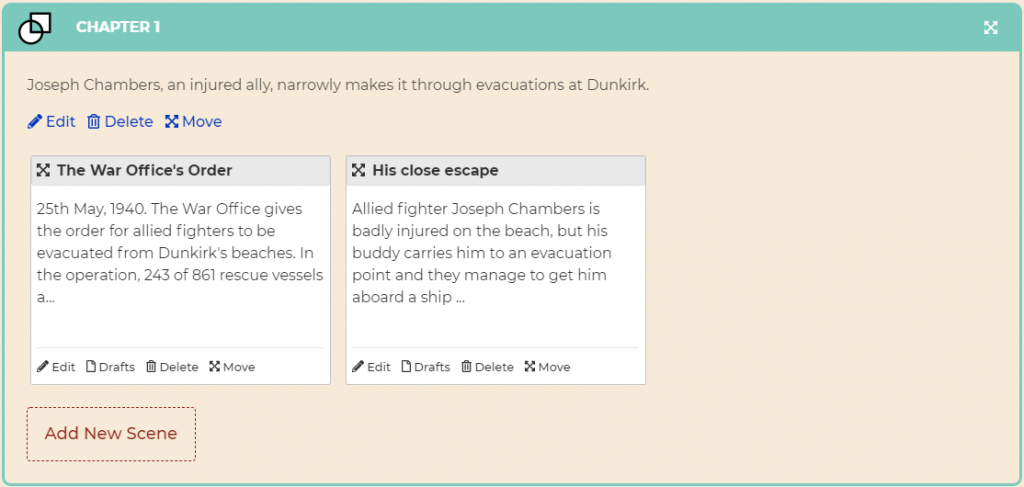
Example of a clear fight scene scenario
In Sebastian Faulks' esteemed wartime novel Birdsong, the author introduces segments involving conflict with succinct clarity:
Stephen's section of the line had been shelled off and on for three days. They assumed a large attack was imminent. On the third morning he rose wearily in his dugout and pushed aside the gas curtain. His eyes felt heavy with fatigue.
Sebastian Faulks, Birdsong (1994), p. 118
Faulks provides a clear sense of impending conflict (the 'imminent' and 'large' attack), as well as a hurdle - Stephen's fatigue, his diminishing energy reserves.
Introduce the scenario, the backdrop, for your characters' fight with similar focus and clarity.
2. Plan key goals, motivations and conflicts
The key to how to write a fight scene or battle scene is Goal, Motivation and Conflict (GMC).
Ask yourself:
- Why is this fight or battle taking place? (This supplies motivations, what each fighter or army has to gain or lose)
- What each party wants (the goals). Goals may differ for the same conflict. One soldier may want to prove themselves worthy of promotion, for example. Another may just want to survive to see family or a lover back home. In a battle scene, what does the unit want, versus the individual?
- What are the potential conflicts in the scene? For example, an argument might break out within ranks, or a sadistic leader might find themselves without aid at the peak of battle because their troops secretly despise them. A single, larger conflict could have smaller, breakaway conflicts that add further, lesser tensions to an already dramatic scene.
Example of GMC for building up to a battle
Returning to Sebastian Faulks' novel, there's a great example of how to build suspense for an impending fight scene from the beginning of a chapter.
We read the character's immediate goal, plus lesser tensions within the company (at a time when unity is vital):
A tremor was starting in his hand. He needed to go and reassure the men in his platoon.
Faulks, p. 118.
He found Brennan and Douglas, two of the most experienced, sitting on the fire step white-faced, with perhaps sixty cigarette ends on the ground beside them.
Stephen exchanged pleasantries with them. He was not a popular officer. He found it difficult to think of words of encouragement or inspiration when he himself did not believe there was a purpose to the war or an end to it in sight.
We can summarise the GMC in the build-up to further skirmishes as follows:
- Goal: Stephen wants to reassure the men in his platoon.
- Motivation: A large attack is imminent, which would require morale.
- Conflict: Stephen is not a popular officer, and he has inner conflict due to not believing in the war's purpose and not being able to see an end in sight.
When you have a plan for a key fight or battle scene, try to identify a goal, motivation, and internal and/or external conflict each key player in the scene will have to face.
3. Decide where conflict intensifies or tapers off
A good fight or battle scene has movement and turning points.
Like a classic 'tug of war', sometimes the rope is over the midway line, suggesting victory for one side is imminent. Then something happens, a dramatic (or subtle) reversal, and it's over the line, to the other side.
Effective fight scenes and action scenes are full of intensifying and tapering off moments.
There's a point in the climax of the film adaptation of the thriller The Woman in the Window (2021) where Amy Adams' character wrestles the antagonist's knife away and he disappears from view. We think he's disarmed, and the tension tapers. Suddenly, he springs from behind a trellis, to stab the protagonist in the face with a gardening instrument.
The switch from conventional weapons to what is at hand (the gardening tool) makes the fight seem all the more desperate, intense and 'all in'. The protagonist is left to using her environment to her advantage, in a last-ditch attempt to come out on top.
This 'peekaboo' moment, where action tapers off only for a sudden 'jump scare' is a classic horror trope for a reason. Interesting fights intensify and taper (they aren't all one note, or one level of advantage). Sometimes the outcome seems obvious. Sometimes not.
Although Finn's story's originality and some of his claims were controversial (and the movie's reception poor), part of why the novel originally made the bestseller list was the way conflicts (external and internal) had engrossing rise and fall.
Example of intensifying conflict
In Birdsong, Faulks creates a harrowing sense of the intensity of war in the trenches by using dialogue punctuated by near hits from enemy shelling:
'I don't want to talk about England,' said Weir. 'I've got to think of staying alive. I've got eight men underground with a German tunnel coming at us the other way.'
'All right,' said Stephen. 'I'm going out to check on my men in half an hour anyway.'The dugout shook with the reverberations of a huge shell. The lantern swung on the beam, the glasses jumped on the table, and bits of earth fell from the ceiling. Weir gripped Stephen's wrist.
Faulks, p. 122.
4. Think about the worst that could happen
Knowing the worst possible outcome of a fight or battle for your protagonist is useful. It tells you the stakes of the conflict. What is on the line?
For the example of an extended war scene like the one above, where the men are tunneling underground, a direct hit causing their tunnel to cave in would be an obvious example. A hit causing glasses to dance on tables is ominous warning enough.
For a historical event such as the Dunkirk evacuation, the worst-case scenario is simple: A failed evacuation. Rescue vessels all sunk. Enemy forces reaching the beaches too soon. There being few (or no) survivors.
When you write a fight or battle scene, lean into possible outcomes and imagine. Entire speculative fiction stories have been woven around 'alternate history' premises, such as 'what if Hitler's forces won the Second World War?'
Really understanding potential outcomes of fights or battles in your story will help you give your characters good reasons to persevere and give it their all.
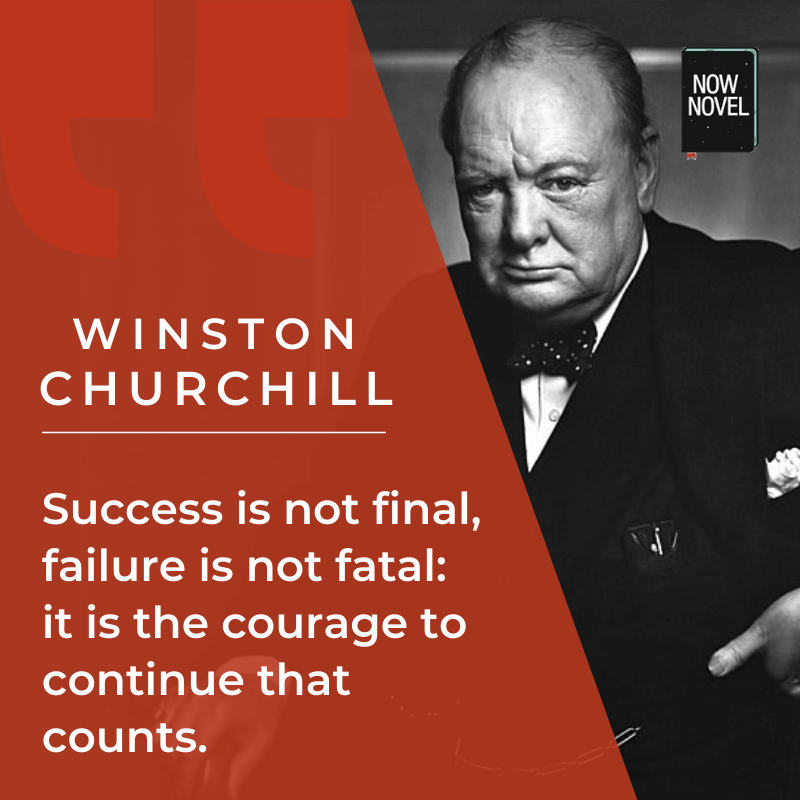
5. Make stakes more suspenseful
In deciding how to write a fight scene, think about how to add extra urgency or complications to what's at stake. This adds narrative suspense.
Take a scenario that seems straightforward: Rescuing fighters from a beach in the north of France.
What makes Dunkirk even more compelling? Additional, suspenseful variables such as:
- Enemy fire from the air (the Luftwaffe's bombers)
- Enemy presence and action at sea
- Soldiers having varying degrees of existing injuries that made their safe passage more precarious
Great fight and battle scenes have multiple levels of complication.
In the examples from Faulks' Birdsong above, the men aren't only tunneling under fire. They're also facing bitter fatigue. Varying morale (indicated by Stephen's loss of belief in the war). Various freakouts by members of their company that draw enemy attention or threaten group morale at different junctures.
These details elevate suspense, as we wonder how they will cope as a unit and individually if conflict should escalate.
6. Use sensory specifics
It would be wrong to discuss how to write fights scenes and battle scenes without talking about the visual aspect.
Physical conflict is a visual, highly 'choreographed' activity, whether it's karate or global warfare.
One of the reasons the Chinese film House of Flying Daggers (2004) was celebrated was its mesmerising, almost balletic use of martial arts and movement in its fight scenes. The Washington Post described the film's action sequences in rhapsodic terms:
In "House of Flying Daggers," the slow-motion trajectory of a small bean, hurled from a police captain's hand, is a spectacular thing. It's a stunning, moving image, like a hummingbird caught in action.
Desson Thomson, 'Daggers Flies off the Screen', The Washington Post, 2004.
The beauty of a written medium for fight scenes (over a strictly visual one) is you can slow down and speed up time to suit the moment and your intentions.
At key moments of suspense and heightened intensity, it is effective to give more detailed visual and auditory description (such as the dugout shaking with the shelling and glasses jumping on the table in the example from Birdsong above).
Example of sensory specifics in fight scenes
As a meeting between Stephen's squad and the German enemy soldiers who have broken into their tunnel occurs in Birdsong, sensory description intensifies:
Stephen pulled Byrne over the rubble. He saw Hunt rolling a grenade before he too made it to the site of the explosion. Rifle fire began at about thirty yards. There were four Germans visible when Hunt's grenade went off with a dense, shattering report. Stephen saw two of them flung backwards and a third twist sideways into the wall, but within a few seconds the firing began again. Stephen climbed on top of the pile of earth and began to fire into the gloom.
Faulks, p. 142.
Notice the mood-setting sound and visual words. 'Shattering reports' and men 'flung backwards' or to 'twist sideways'. The image of Stephen firing into the gloom atop a pile of earth. The sensory detail is dense, suspenseful and evocative.
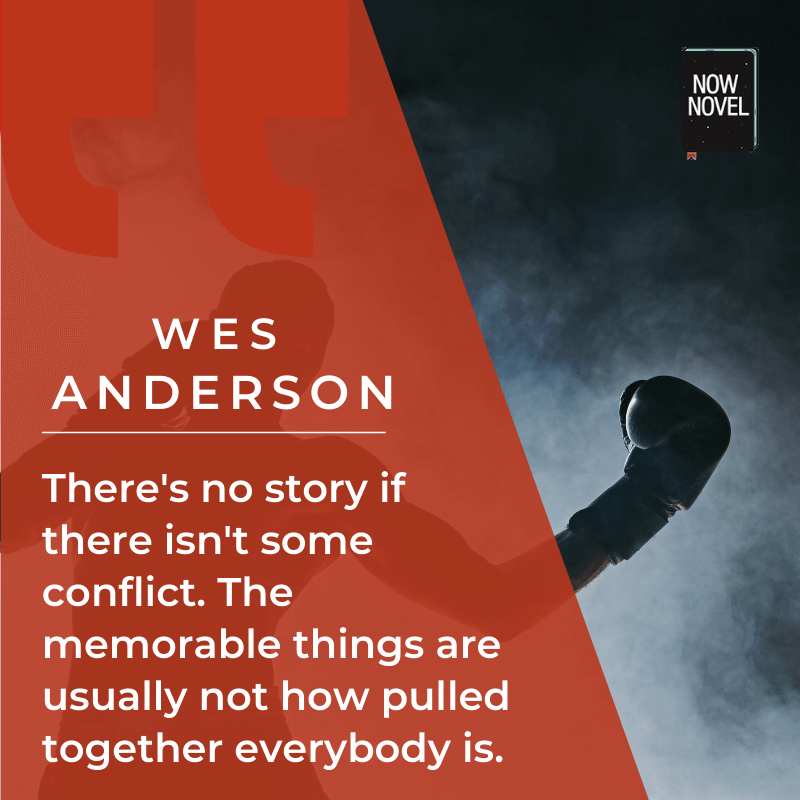
7. Build tense tone and mood
Conflict is a situation boiling over. So how do you start bringing your story to a simmer? Using tone and mood:
What are tone and mood?
'Tone' in writing means the 'general character or attitude': feel, style and effect. The Oxford English Dictionary defines mood as 'the atmosphere or pervading tone of something'.
In other words, 'mood' in story writing is how the tone of individual actions, descriptions, and lines of dialogue build to form an overarching feeling.
In the example of a fight scene from Birdsong above, tonal words such as 'gloom' convey an eerie, unsettling and dark tone and mood.
The force of verbs such as the present and past participles 'shattering' and 'flung' convey a sense of violence, contributing further to a tone matching desperate conflict.
8. Show psychological effects of conflict
In thinking about how to write fight scenes for your story, it's important to factor in action and reaction.
PTSD (Post-traumatic Stress Disorder) is a common lingering effect of war because it is a brutal and traumatizing assault on the emotions and senses of soldiers and civilians alike. There may come a moment where a fight scene ends in a story or history book, but the individual fight—the fight of the survivor—often follows its own, longer, complicated course.
In the case of a fighter like a martial arts fighter, the psychological effects of pressure to win a title or championship (or retain it) produce another kind of psychological pressure.
How do your characters respond to the emotional and psychological pressures of conflict? Make sure that this impacts them on a personal level. Some may be hardened, built for battle. Others, not.
The fallout after a fight scene or battle provides its own human interest and narrative suspense.
Example of psychological effects of conflict
One thing Faulks does exceptionally well in Birdsong is to show the deep psychological toll the front takes on the men in the story.
Here, one of the men in Stephen's company in the trenches is overcome by fear:
A sharp wailing began a few yards down the trench. It was a shrill, demented sound that cut through even the varying noises of gunfire. A youth called Tipper ran along the duckboards, then stopped and lifted his face to the sky.
Faulks, p. 120.
As harrowing as a scene like this is, it is crucial in fight and battle scenes to show the human cost of conflict. It conveys the grit and determination necessary to endure; the courage and bravery many have had to dig deep for throughout history (and still today) under incredible, harrowing odds. How people endure grief and find courage within.
Ready to plan, outline and get feedback on your scenes? Develop a story in structured, simple steps.






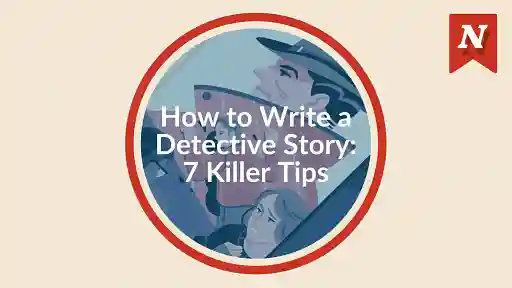
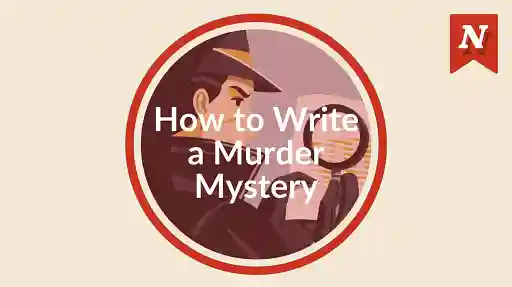


These are amazing tips, thank you! I hope you don't mind that I've shared them on my blog. https://elisabethannewritesthings.wordpress.com/2018/02/15/tips-from-other-people-part-8/
Elisabeth Bridges - Over 7 years ago
Thank you, Elisabeth! On the contrary, it's lovely to see a post shared. Great blog.
Bridget At Now Novel - Over 7 years ago
Good balance of real world and dramatic representation.
Elias Mc Clellan - Over 7 years ago
Thanks Elias, I appreciate the feedback.
Bridget At Now Novel - Over 7 years ago
Excellent. I'm going to have to write battle scenes soon. This is a great help.
Vivienne - About 4 years ago
Fantastic, Vivienne. I'm glad to hear this was good timing! Good luck with them, and please feel free to get feedback in our writing groups - we're a constructive bunch :)
Jordan - About 4 years ago